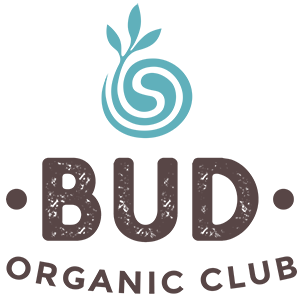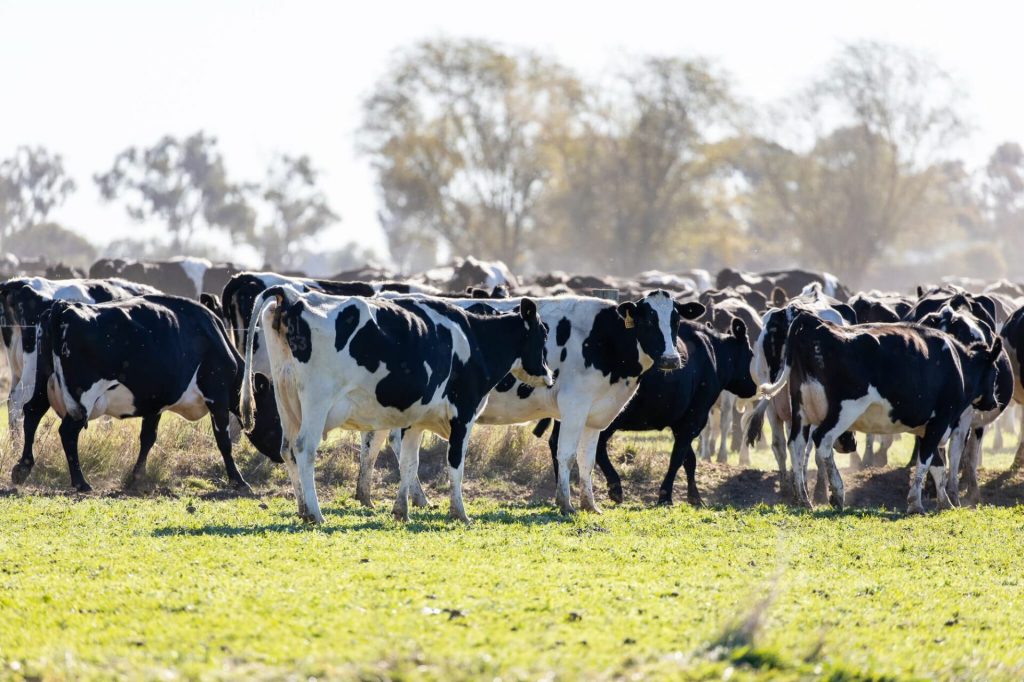With World Milk Day on the 1st of June, now is a great time to delve deeper in the world of organic dairy.
World Milk Day was established by the Food and Agriculture Organisation of the United Nations to recognise the importance of milk as a global food. However, not all milks are made equally!
What is Organic Milk?
Organic milk represents a lot more than organic cows! It represents the whole farm ecosystem from the pasture the cows eat to the final product you consume.
Antibiotic Free
Organic dairy cows are not treated with antibiotics or genetically modified vaccines. Antibiotics are potentially life-saving medicine and should not be routinely administered for preventable disease. Within organics, the focus is on keeping livestock as healthy as possible with the right genetics, pasture management, and conditions. Managing these factors effectively precludes the need to treat dairy cows with antibiotics.
Hormone Free
Organic dairy farming rejects the use of growth and reproductive hormones. Instead, organic cows are raised naturally and left to grow at their own pace. Healthy cows reproduce naturally and do not require human intervention. Organic dairy farmers select cow breeds that reproduce independently and do not require the use of hormones for breeding to start with.
Fewer additives and preservatives
Synthetic preservatives and colourings are not allowed within organic dairy products. All ingredients need to be traced back to ensure they are non-GMO. Organic products may not be irradiated or fumigated, and minimal processing is a key guiding principle.
Organic feed and natural grazing practices
Organic cows are allowed to graze freely (as is their natural behaviour) and are fed organic feed free from GMOs. The pastures aren’t sprayed with pesticides and herbicides; rather, diversity is encouraged within pastures. Organic dairy farmers are required to uphold the natural biodiversity of the land they farm on, with at least 5% of the farm dedicated to nature or biodiversity sites.
Organic Dairy Farming and the Environment
Organic dairy is not just about healthier produce free from chemicals; it’s also about taking care of the environment.
Organic farming works with the land rather than against it. Organic cows are intended to contribute to the natural ecosystem through maintaining and improving soil fertility (cow manure is dung beetle heaven!) and controlling weeds through grazing. They convert unpalatable grass into a gourmet product we are privileged to enjoy. The local ecosystem is strengthened when this process is managed correctly.
Since the 1980s, small family-style farms have rapidly given way to larger, more intensive operations, also known as factory farms. These operations produce more milk with lower production costs at the expense of animal and environmental welfare, with cows kept inside most of the year(1).
Organic dairy has lower yield compared to non-organic, with approximately 20% less output on average. Sustainability is measured by more than just milk production per cow, and this shortfall is worth it when you consider the whole picture including protection of the animal’s health and welfare.
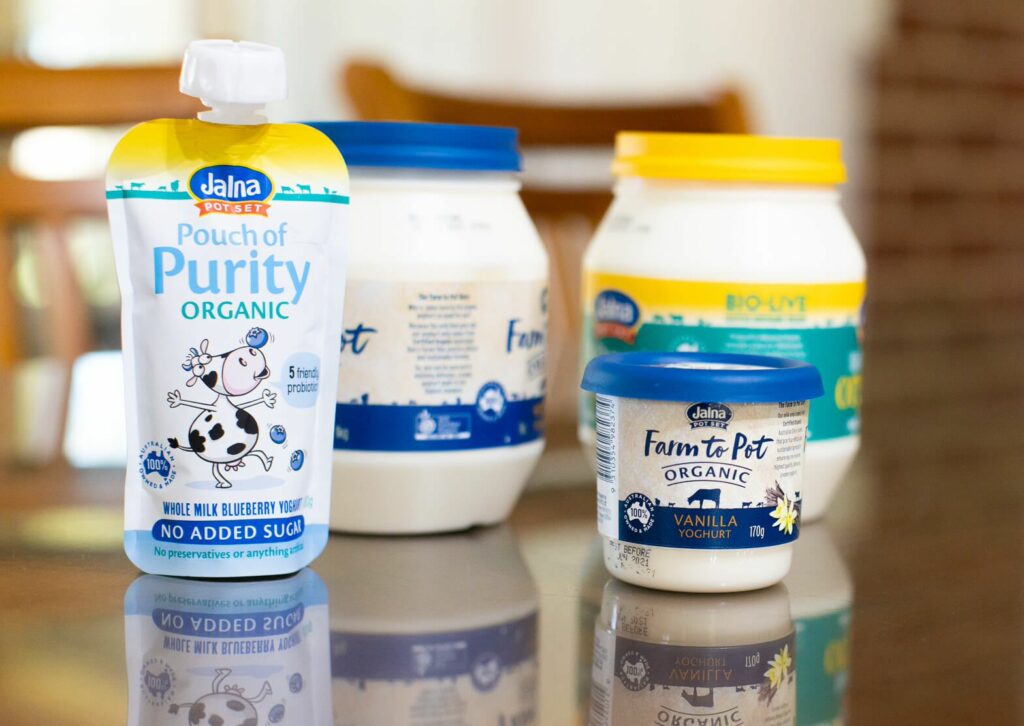
What are the Health Benefits of Organic Dairy?
“You are what you eat” is a particularly relevant term for dairy production!
Omega 3
The high consumption of pasture has shown organic milk has higher levels of omega 3 fatty acids compared to non-organic milk. Studies show that Omega-3 can reduce cardiovascular disease, improve neurological development and function, and strengthen immune function(2).
Beta Carotene
Grass-fed cow’s milk contains up to 4 times more beta-carotene than conventionally-fed cow’s milk. Beta-carotene is an important anti-oxidant to protect against cardiovascular disease. It is also necessary for eye health and healthy immune function.
Vitamin E
Organic milk has been found to contain 50% more vitamin E than non-organic milk(3). Vitamin E helps maintain a healthy immune system, vision and supple skin.
Conjugated Linoleic Acid (CLA)
The CLA content of organic milk was found to be 2 to 5 times greater than the CLA content of conventionally-fed cow’s milks(4). As an antioxidant, CLA may lower the risk of cancer, lower bad LDL cholesterol and contribute to feeling fuller for longer(5).
No Nasties
A recent study found no antibiotic, pesticide or hormone residues in certified organic milk (no surprise!). However, residues of numerous antibiotics, pesticides and synthetic growth hormones above legal food limits were observed in the non-organic milk samples(6).
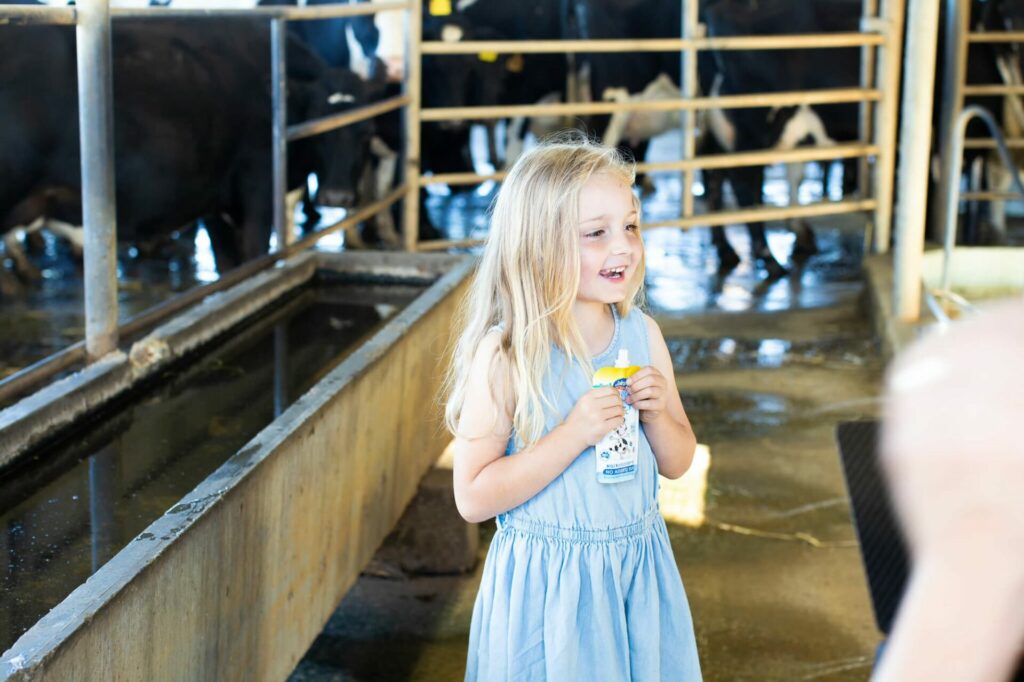
What is the Difference Between Homogenised, Pasteurised and Organic?
When choosing milk from your local vendor, you’re likely to see a number of different options! To be clear, ‘organic’ refers to specific farming practices while homogenisation and pasteurisation are processing steps within milk bottling.
It is illegal to sell raw milk for human consumption in Australia. Pasteurisation refers to a treatment process where milk is heated to kill potentially harmful bacteria within the milk itself. Heat isn’t the only way to kill bacteria; cold pressed milk is pasteurisation through pressure. Pasteurisation increases the shelf life of dairy products.
Homogenisation is a mechanical process that blends the fat into the milk so it becomes one consistent liquid. The milk is heated, agitated and passed through a membrane at high-pressure. Most organic milk will be unhomogenised and left in its more natural state with the delicious cream still on top, minimising additional processing.
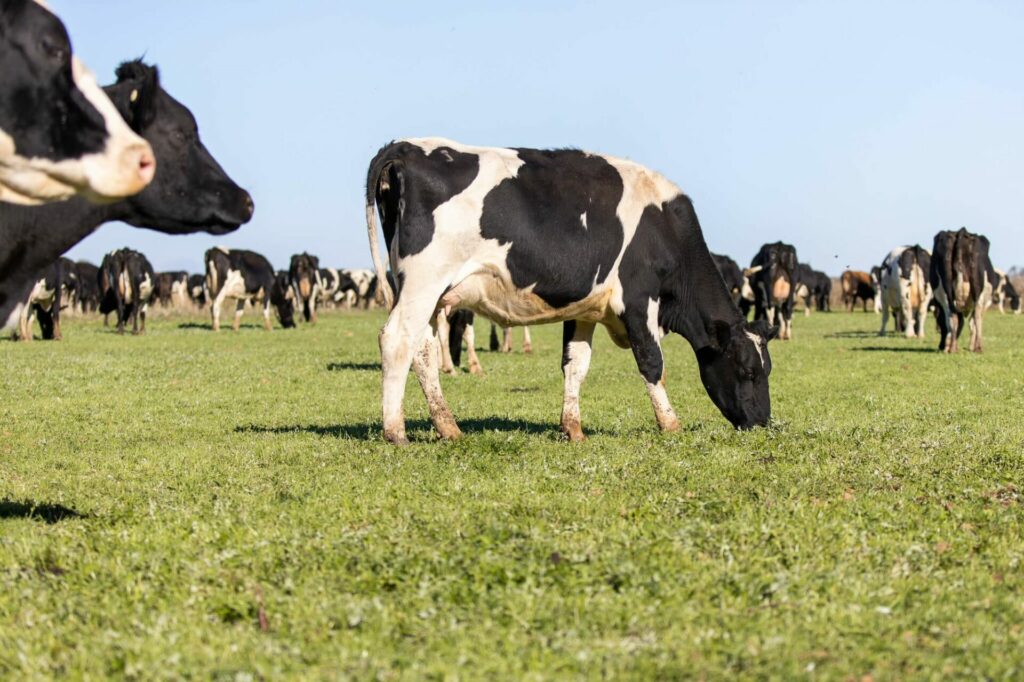
Price Differentiation:
Growing inflation costs are hitting family budgets hard. The price differentiation between organic and non-organic products is based on numerous production and processing differences.
Raising organic cattle naturally is typically more expensive than making use of reproductive hormones. But it also means that the cows are bred when they are healthy and according to their own natural cycle, rather than being injected with hormones that will simulate the natural process at atypical times. Similarly, the cows are pushed to maximum production at the cost of their health and welfare, which results in slightly lower milk production.
Using certified organic feed to balance pasture quality is also more expensive the non-organic feed, combined with the certification process itself. However, these protocols ultimately ensure that the consumer can feel confident buying a product in line with organic standards.
Organic Dairy Glossary
GMO: A GMO, or genetically modified organism, is a plant, animal, microorganism or other organism whose genetic makeup has been modified in a laboratory using genetic engineering technology.
Omega 3 Fatty Acids: Omega-3s are nutrients you get from food (or supplements) that help build and maintain a healthy body. They’re key to the structure of every cell wall you have.
Beta-Carotene: Beta- Carotene is an organic, strongly coloured red-orange pigment abundant in fungi, plants, and fruits.
Conjugated Linoleic Acid (CLA): Conjugated linoleic acid (CLA) is a type of fat. Dairy and beef are major sources of CLA in the diet.
Want to learn more?
Check out these other articles:
- What is organic beauty?
- What does free range mean?
- What are organic standards?
- Benefits of certified organic
Endnotes
[1] Accessed at: https://faunalytics.org/the-evolution-of-the-dairy-industry/.
[2] Zivkovic AM, Telis N, German JB, Hammock BD. Dietary omega-3 fatty acids aid in the modulation of inflammation and metabolic health. Calif Agric (Berkeley). 2011;65(3):106-111. doi:10.3733/ca.v065n03p106.
[3] Accessed at: http://news.bbc.co.uk/2/hi/health/4153951.stm#:~:text=Milk%20was%20tested%20from%20cows,Vitamin%20A%20in%20the%20body..
[4] Accessed at: https://pubmed.ncbi.nlm.nih.gov/26878105/.
[5] Accessed at: https://www.webmd.com/vitamins-and-supplements/conjugated-linoleic-acid-cla.
Image credits – Shutterstock.
